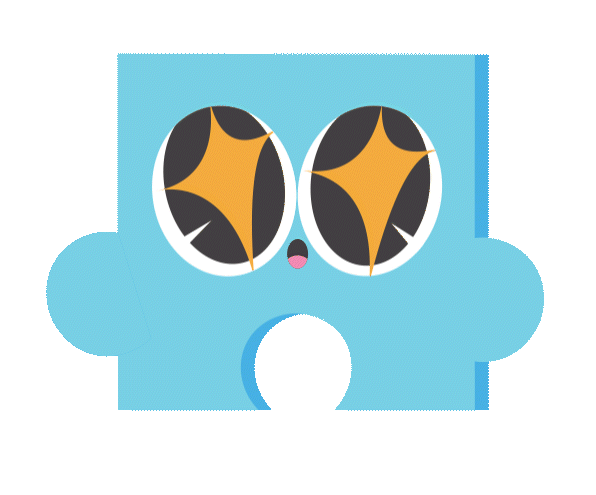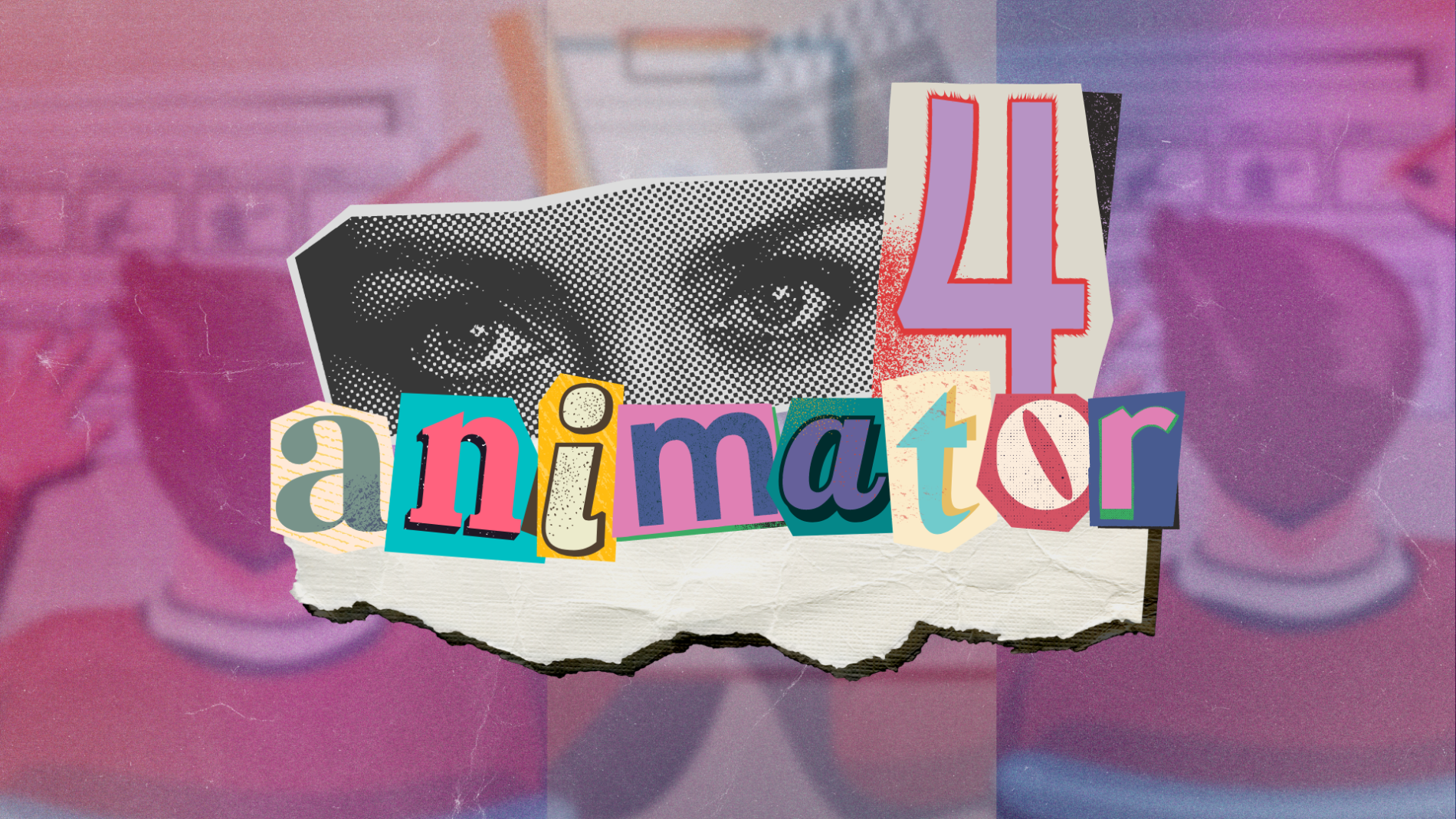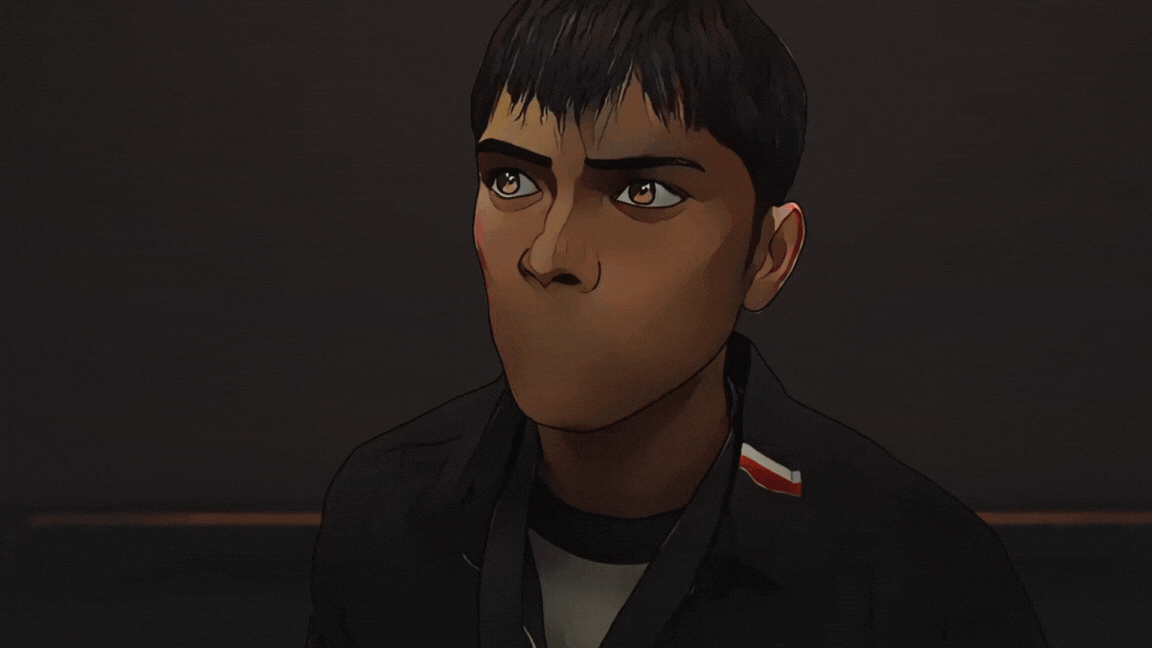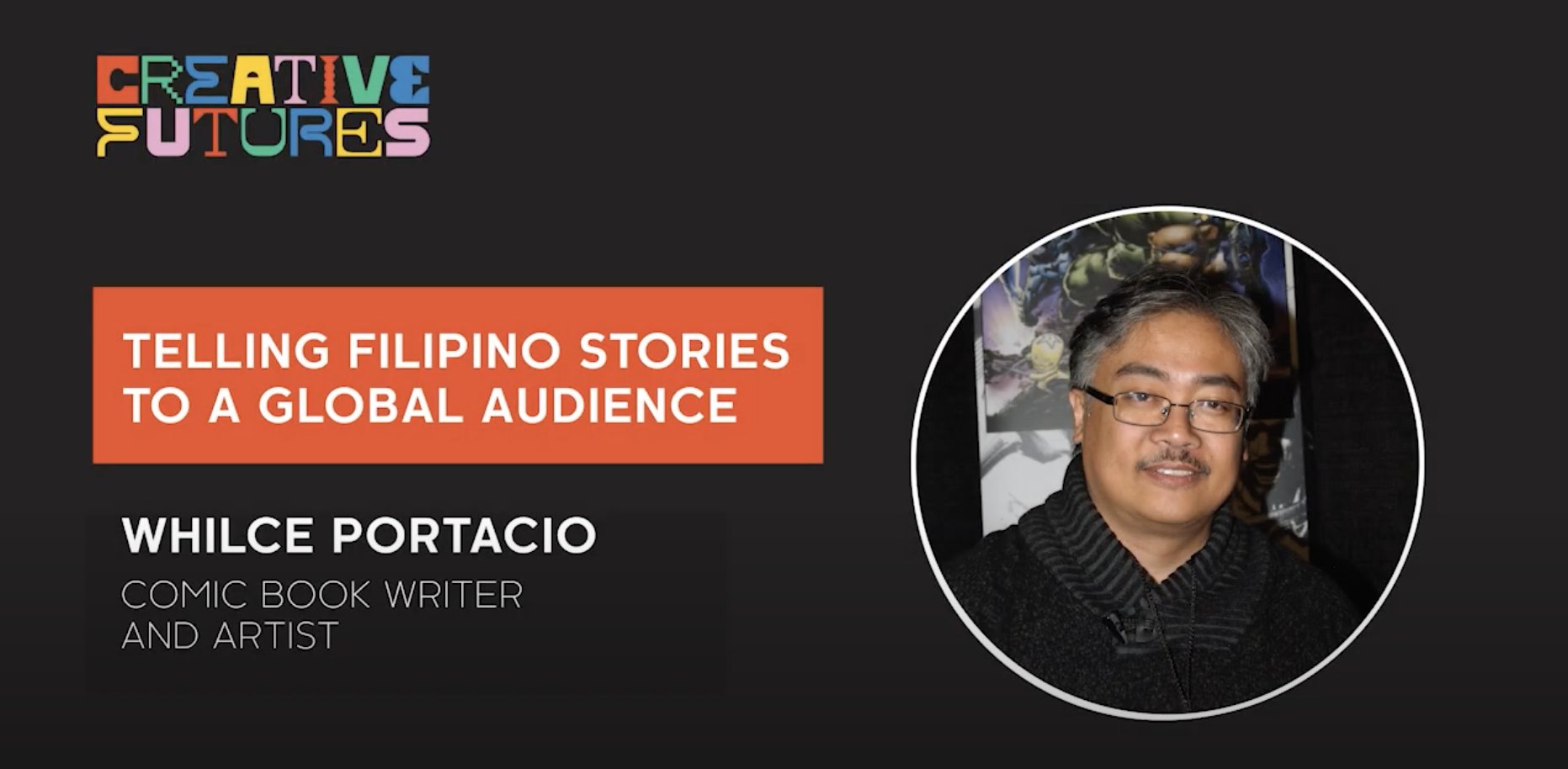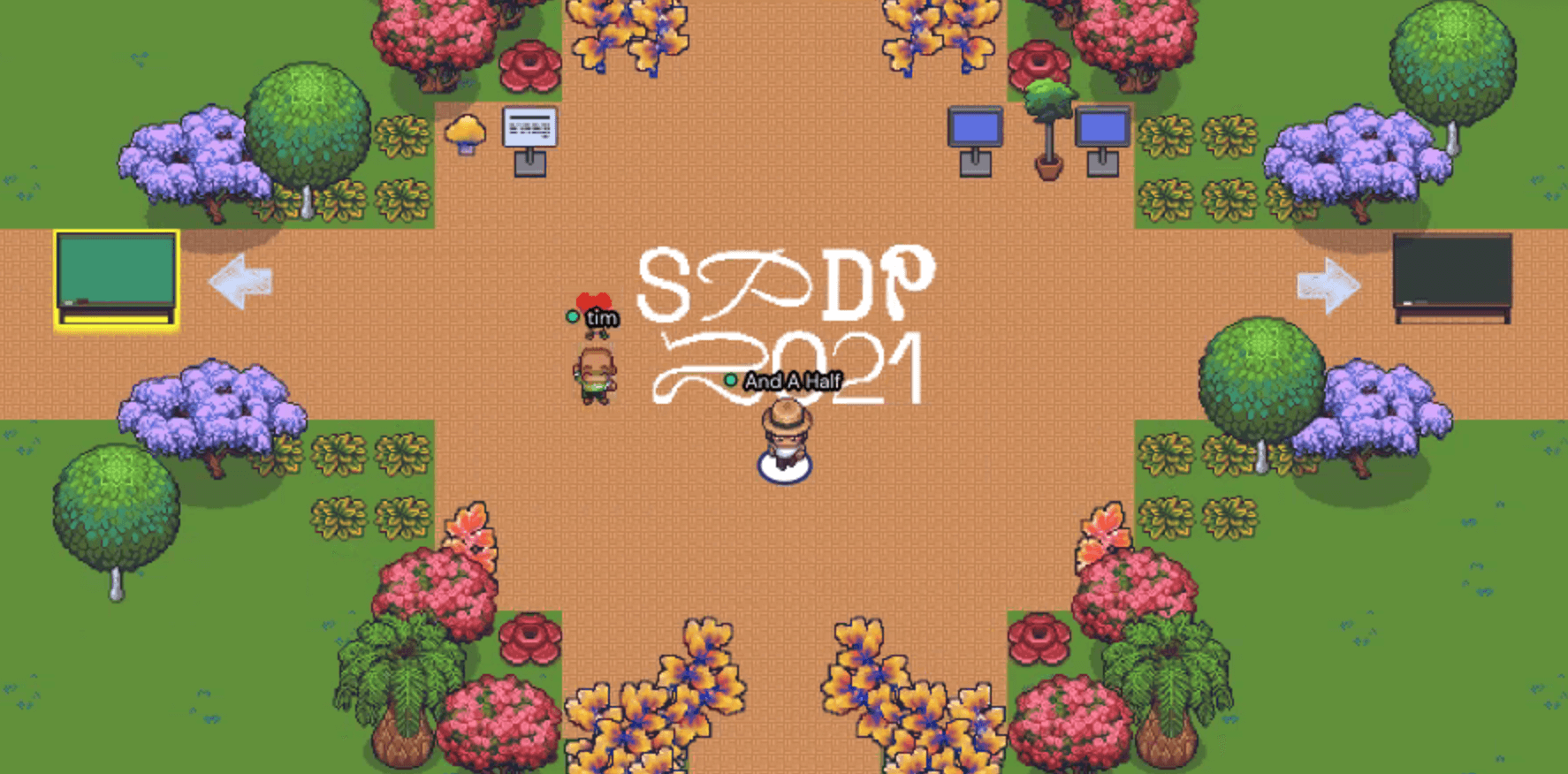
How design studio And A Half built an online immersive space for SPDP 2021
And A Half ups the ante from last year’s Social Problems are Design Problems event with an immersive two-day hybrid experience held on different platforms like Discord, Miro, and Gather.Town.
By Andrea Michaela
October 06, 2021
Last year, branding and design studio And A Half launched Social Problems are Design Problems as a series of talks facilitated on Zoom and streamed on Facebook Live. Industry leaders in healthcare, food, and architecture were invited to lead a conversation on how different issues may be tackled more emphatically through the framework of social design. Over 140 attendees participated in the webinar, while another 400 tuned into the Design Dialogues livestream.
For the 2021 edition of SPDP, the studio asks “What is the future of design in a world of crisis?”, centering a discussion on the regenerative power of circular design strategies. Their execution this year is decidedly ramped-up in both scale and depth. Attendees will be given access to different online platforms such as Miro, Discord, and Gather.Town – a virtual space wherein creators can make their own 32-bit game worlds. The Gather.Town level for SPDP boasts a variety of activities, ranging from freedom walls, resource libraries, and even a mushroom hunt mini-game.
In order to learn more, CREATE Philippines spoke to strategists and designers Sofi Bautista, Tim Lopez, and Petra Gana about building communities through these online platforms.
Let’s start with the first edition of SPDP. I noticed around this time last year, the studio launched initiatives relating to COVID, green spaces, and other issues. What drew you to this?
Petra Gana: Social Problems are Design Problems is actually an event we planned to launch our social design arm. We always wanted to do initiatives like that, [finding] those opportunities where design can create that social impact.
Of course, it was most evident we needed that during the pandemic. We wanted to open this conversation to the community with an open forum, which led us to Social Problems are Design Problems.
The title’s pretty straightforward because we wanted to create that correlation. When you look at social problems — from mobility to food scarcity — it’s entirely possible to approach it empathically as a designer, and that’s what we wanted to talk about.
Sofi Bautista: We wanted to show that we could do more with design. For the past eight years, people always knew us as the studio who would make brand identities mainly for companies and corporations. But I really saw us being able to work hand-in-hand with NGOs and designing entire initiatives, like Pocket Garden, which [was a] proof-of-concept for that. At first we wanted to gain more experience so we could eventually offer it to clients, but then it just became this bigger thing where we could work with anyone and push for our vision of design across different sectors.
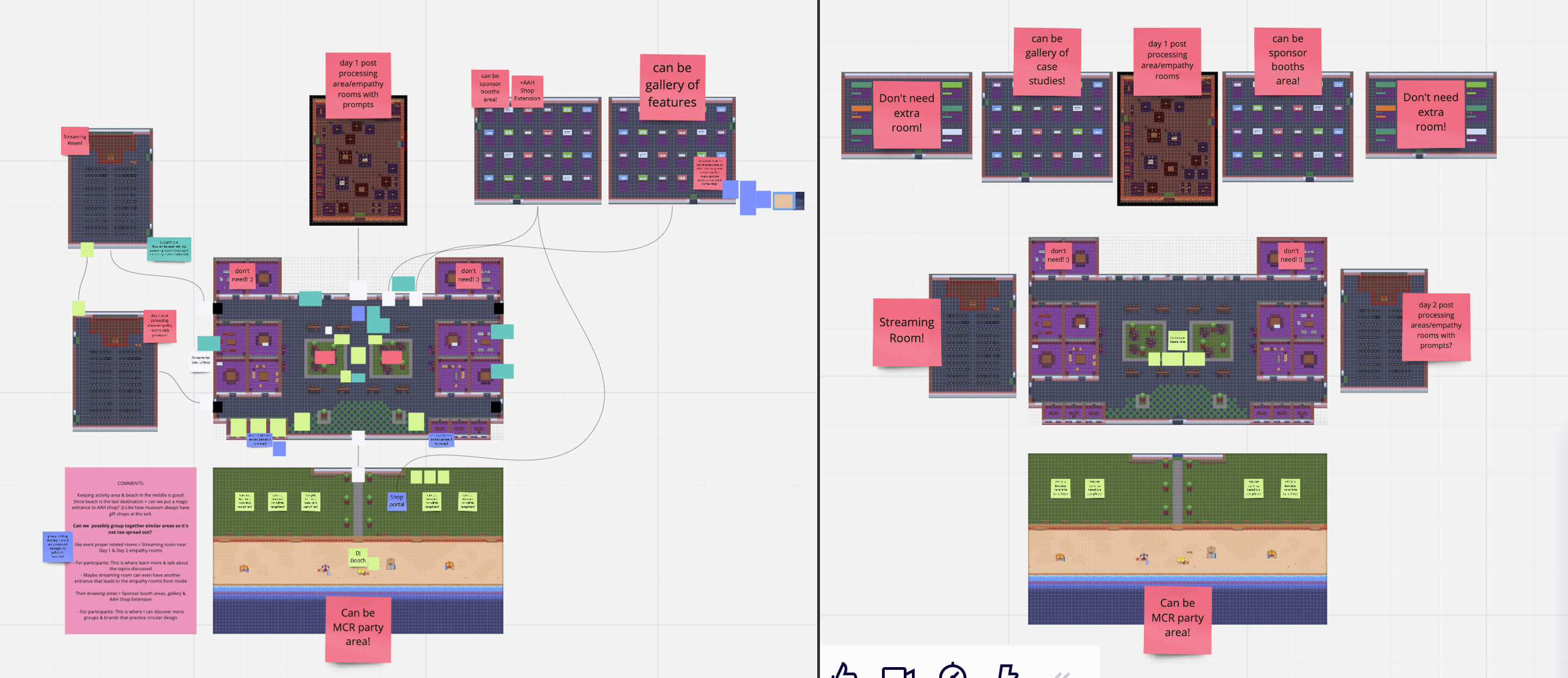
It looks like the second iteration of SPDP is a lot more expansive with you guys designing entire platforms for people to interact. What was it like building these?
SB: It’s been a joint effort running the Design Dialogues Discord – one of our initiatives to push conversations on design with the local community. Coming from the first event, we saw people were really hungry for opportunities to start a bigger conversation. We wanted to open that opportunity for people to actually apply what they learned.
So that’s why we decided, “OK, let’s do workshops. Let’s have a community where everyone is really together in order to continue this conversation.”
We noticed we were working with a very, very passionate and vocal audience of designers and even people from other sectors. We wanted to make the most out of that.
What informed your decisions with building on Gather.Town?
Tim Lopez: We wanted to have a space where people can really engage with each other. If you could see our chat from last year, there were so many people talking and discussing — it was great. With Gather coming in, [the event] feels more of like a celebration. It’s a lot livelier, you can move around, you can interact with all kinds of things, and hang out with friends virtually. Gather has been a very good base with the different navigational tools that set it aside from most online platforms. We worked with a lot of assets within Gather and designed some of it ourselves to make it feel more like SPDP.
The world actually reminds me a lot of farming sims and online worlds like Gaia and Stardew Valley!
TL: Oh! I didn’t consider that actually. We were actually thinking if we should overhaul the entire default park so it’s entirely custom. Instead, we opted to work backwards and match our designs to the world instead of making the world fit into SPDP.
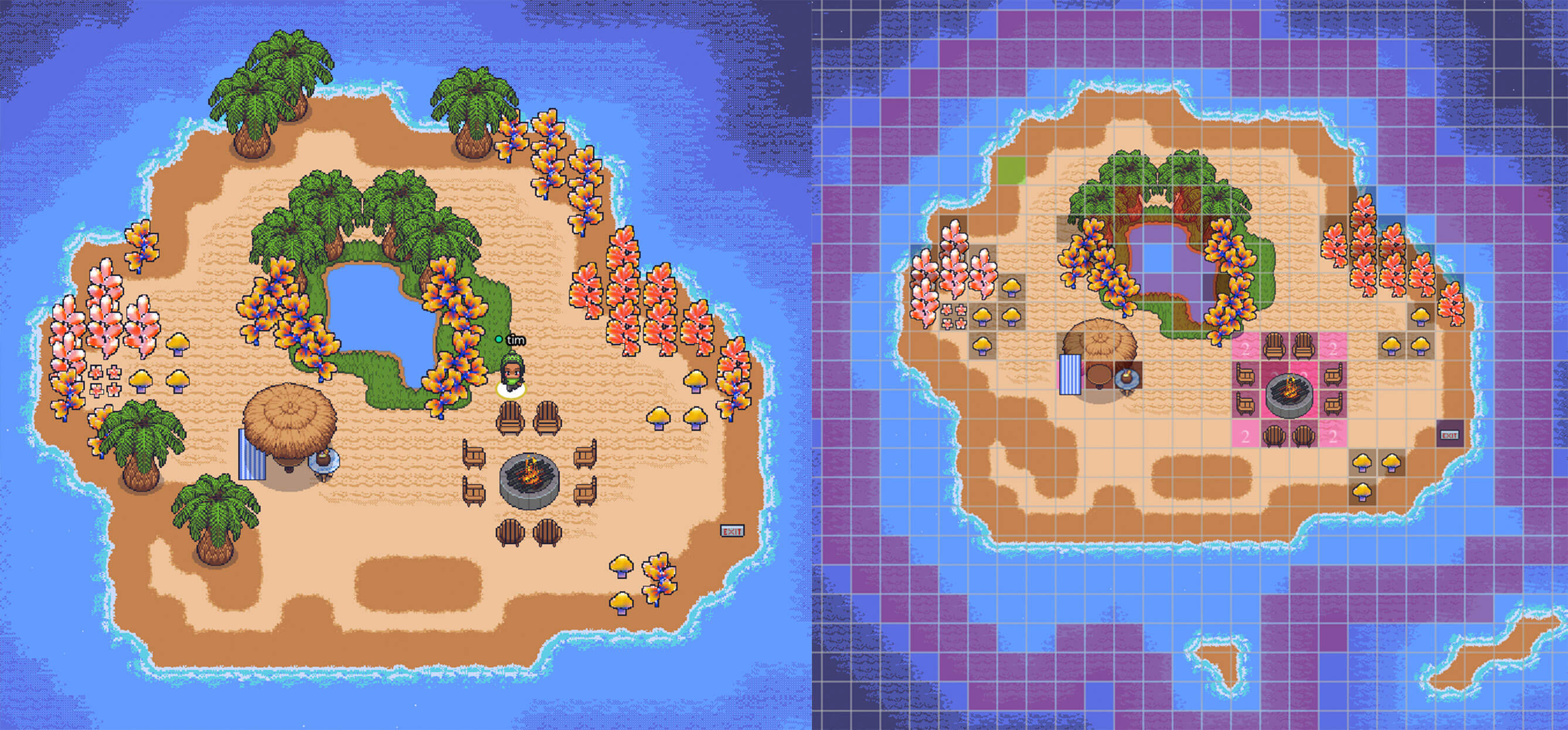
We’re in a place during the pandemic where there’s a sense of fatigue that comes with so many online gatherings. Did you have any worries about keeping things fresh?
SB: The main thing we wanted to prioritize was the idea of mimicking what people love about in-person events. I remember last year, when our stream ended, people in the studio and our friends were saying, “Oh man, this is the part of the day where we’d usually have a beer, or linger around talking about all the quotable quotes.” We wanted to organize a space where you could relax and engage however you wanted.
We realized there were some people who want a more laid-back browsing experience, while others want to be more upfront about meeting new people. So really, we're offering a lot of different ways people can experience new things.
And A Half’s Social Problems are Design Problems event will be held on October 8 and 9 through various online platforms. You can read more about the event on their website. Tickets are on sale until October 7, 2021.
